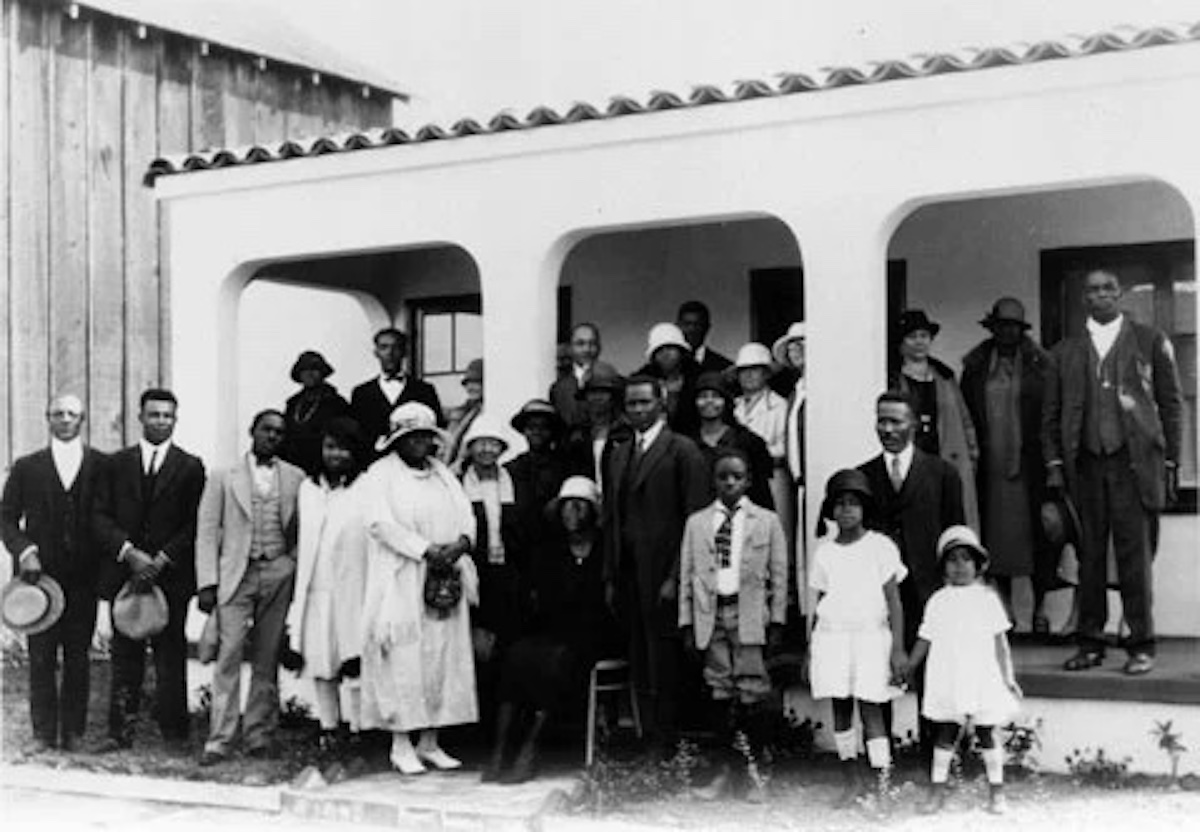Preservation Helps Uplift and Heal: A Considered Approach in One California Community

Press releases are posted on Independent.com as a free community service.
Friends,
How can the built history of a community play a role in helping uplift African-American and Black people today? A unique collaboration of social justice leaders, city planners, and cultural resources specialists in Santa Barbara offers a promising response — and a model for other cities — by uncovering its Black history, one overlooked and even intentionally hidden for decades.
The partnership, between social justice collective Healing Justice Santa Barbara, the City of Santa Barbara’s Community Development Department, and preservation & cultural resources expert Page & Turnbull, offers a new tool in the national reckoning with legacies of destabilizing racism and the fight for more equitable communities. “Equitable historic preservation,” says Simone Ruskamp, cofounder of Healing Justice Santa Barbara, “is a tool for social justice.”
The effort is a historic context statement, now underway, that examines the history of Santa Barbara’s African-American and Black community through the built environment. “The HCS helps to identify buildings and sites important to the community, and sets a framework to recognize and designate these places as historic resources,” says Page & Turnbull’s specialist in cultural resources, Flora Chou. (For more, see “What Is a Historic Context Statement?” below.)
While cities like Santa Barbara may not be thought of as having a historical presence of African American and Black communities, many actually have deep and rich histories. The study sheds light on that, bringing to the forefront the many contributions of people of African descent in Santa Barbara, beginning in the Spanish and Mexican periods through the postwar fight for civil rights. (Link to the study https://www.santabarbaraca.gov/services/community/historic/contextstatement.asp.)
The study focuses on themes like housing patterns, strongholds of spirituality, clubs and organizations, and Black-owned businesses to more adequately illustrate Santa Barbara’s Black history. The places telling this story can then be landmarked and protected to preserve their legacy.
The effort has uncovered and elevated long-forgotten places, like the meeting location for Harmony Lodge No. 481, an Elks Club, and a Midcentury Modern medical office building developed by Dr. Horace McMillian, a community leader and one of the first Black physicians in Santa Barbara.
Ultimately the study fills missing history and offers an objective framework for deciding which cultural resources merit preservation status.
The city plans to publish the draft historic context statement in June, and present it to the Historic Landmarks Commission in July. The final document is expected to be completed by the end of September 2022.
For Healing Justice SB, preservation becomes a tool of social justice, says Ruskamp. To make it successful, adds the City of Santa Barbara’s architectural historian, Nicole Hernández, the team has made the process transparent and open to entire community.
Ruskamp and Hernández can speak to this initiative. Heading the effort for Page & Turnbull, Flora Chou, an Associate Principal and Cultural Resources Planner at the firm, is another source. The team benefited from the knowledge of prominent Santa Barbara elders, including poet, playwright and activist Sojourner Kincaid Rolle, a 35-year resident.
Ruskamp adds that two leaders of Healing Justice SB (hjsb.org) trace their roots to some of the city’s first Black families: Leticia Forney Resch, creative director, and Krystle Farmer Sieghart, executive director.
“Preserving Black landmarks rather than monuments to white supremacy was one of our community demands,” says Ruskamp. “Working with Elder Sojourner, Nicole, and Flora has added the knowledge and technical expertise to make it as effective as possible.”
What Is a Historic Context Statement?
Historic context statements are documents that help officials and the public understand what makes a building or place historic. They are not comprehensive histories, but identify the important themes relevant to the history and development of the built environment of a city, region, or place. The context statement:
- establishes periods of historical significance for important themes,
- determines significant property types,
- highlights character-defining and associative features,
- establishes evaluation criteria and integrity thresholds, and
- provides a framework for identifying and evaluating individual resources and historic districts as local, state and national landmarks.
